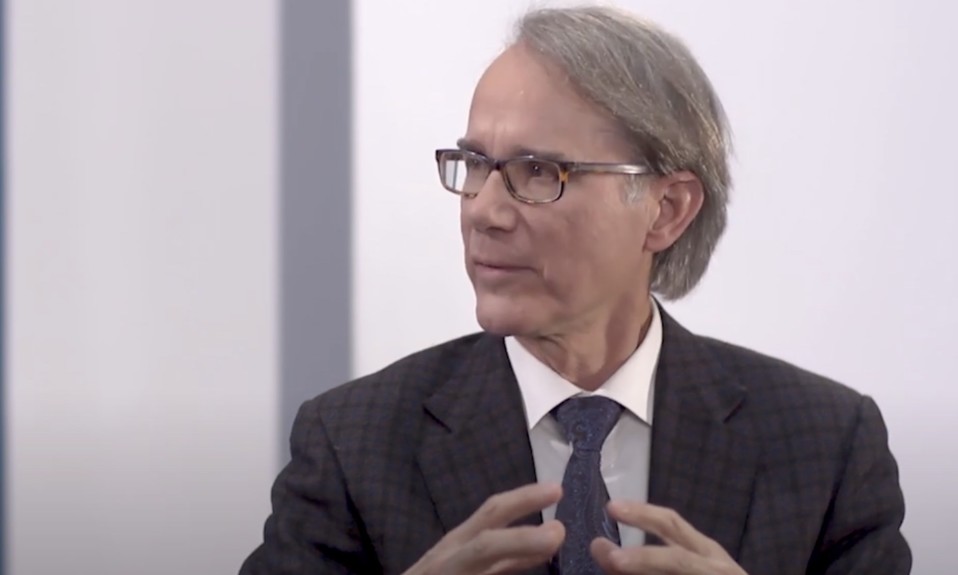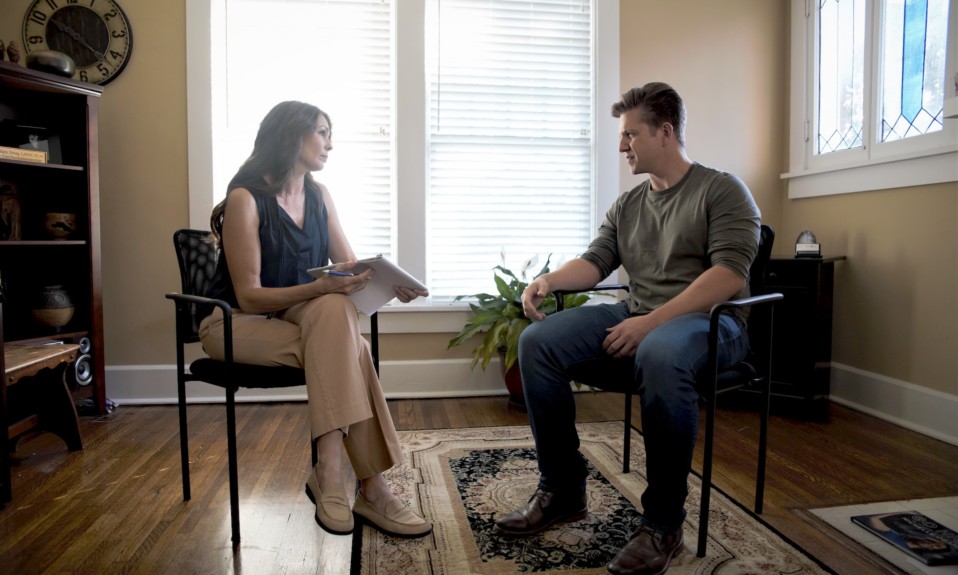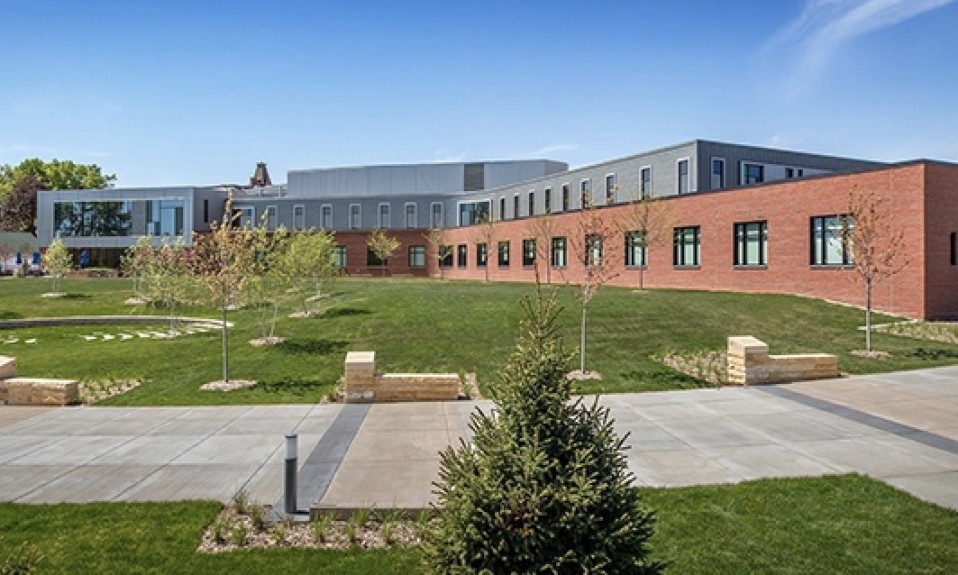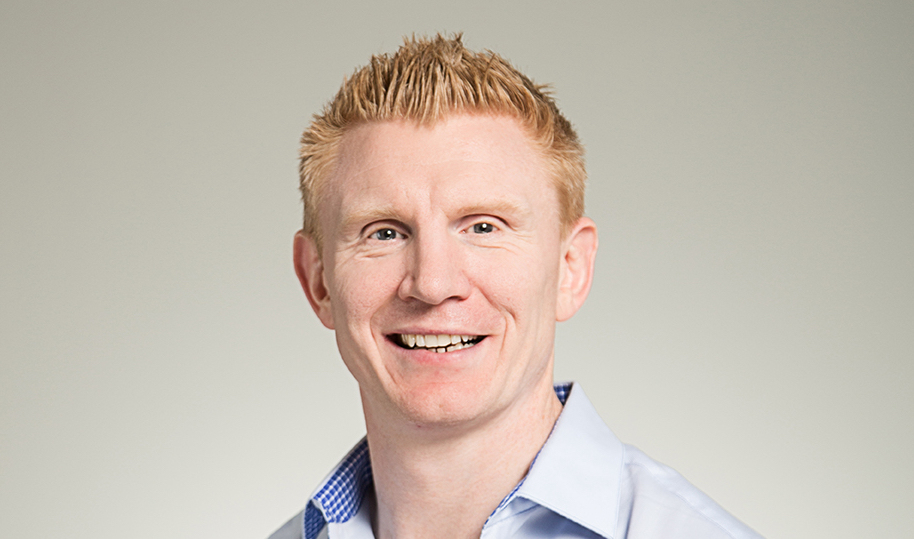Marvin Seppala has had a monumental impact on addiction treatment, notably with his pioneering work on integrated care
By Jason Langendorf
After a long career in addiction care, in which he pioneered an integrated approach to treating opioid use disorder, Marvin Seppala, M.D., is scheduled to retire from his position as the Hazelden Betty Ford Foundation’s chief medical officer in October.
Seppala was the first full-time physician ever hired at Hazelden, and he has been the facility’s chief doctor for the past 25 years (save for two brief stints working in other settings). In 2012, Seppala launched Hazelden’s Comprehensive Opioid Response with the Twelve Steps (COR-12), which integrates medication-assisted treatment (MAT) with clinical therapies, 12-step-based practices and other peer support—an enormously influential treatment approach across the field.
I think [research, data and science have] advanced care in ways that have been extremely beneficial for our patients. We get better outcomes than we used to. And when I say that, I have to also kind of add an asterisk, because no one was looking at outcomes way back when.”—Marvin Seppala
As part of our ongoing treatment leadership series, TreatmentMagazine.com spoke to Seppala about his own recovery journey, his development of COR-12 and what he’s gleaned from a career in the addiction and treatment space.
Q: You’ve had a long relationship with Hazelden—so long, in fact, that you were the facility’s first physician.
A: Yeah, it’s difficult to actually nail it down. I started my career in Oregon after finishing training, and I worked at what was then called Springbrook Northwest and now is called Hazelden Newberg. So if you count those years, it’s somewhere between 25 and 30, because I did some consulting there starting in ’89, and then I worked there on and off.
Q: How have you seen science, research and data change addiction care?
A: I think it’s advanced care in ways that have been extremely beneficial for our patients. We get better outcomes than we used to. And when I say that, I have to also kind of add an asterisk, because no one was looking at outcomes way back when. We actually did—we had a small research department for a long time, and that’s been fortunate. One of our founders, Pat Butler, had an interest in outcomes from the very start—and it was not scientific at all. They kept track of people because it was so small. And then he brought on Dan Anderson, a psychologist who really had an interest in outcomes and trying to improve based on science, trying to figure out if people were getting better or not. They didn’t publish a lot, but internally they discussed it a lot and kept track of this stuff.
Then the Butler family donated money and started this other center for research, where we’ve been doing internal outcomes for decades. Occasionally we partner with people like the University of Minnesota and others to publish our regular outcomes. So I’ve kind of been oriented that way by my training. When you go through medical school, everything’s about outcomes, right? How can you tell if you’re doing it right if you don’t know what your outcomes are?
Q: Without evidence-based research, data and standardization, it’s difficult to convince others—specifically policymakers—that what you’re doing should be supported, right?
A: Oh yeah. I mean, I’d rather walk into a meeting with politicians to raise funding with bad data [than no data]. Let’s tell them we do a terrible job, that we can do so much better, rather than walk in and just say we don’t know.
Q: What are the biggest or most important changes you’ve seen in addiction care since your early days in the field?
A: I have to start even earlier, because at 17 I was the first adolescent Hazelden treated, in 1974. There was still a pretty significant culture of confrontation then—breaking down and building up. At least in my group, every guy had to go through it. That was called a hot seat, and we were all given a sheet to fill out, on the back. On the front were all these different attributes that we saw—usually deficits. We were trained to monitor everybody on the unit in preparation. No one actually had to say anything, but every time you went through it, this is what happened. So you knew you’d have to prepare. Basically, you got evidence throughout the stay of the person who was going to be on the hot seat related to how they weren’t living up to whatever recovery principles you thought they should be living up to—if they weren’t being honest, for instance, and describing a particular lie they told.
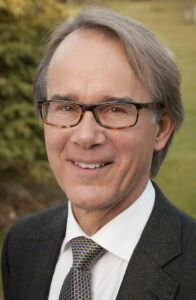
Like me: I was a kid, 17, and I worked in the cafeteria. The other guys convinced me to steal a bunch of hamburgers—and I was glad to do it, of course, because I was a thief. I walked out with a giant tray of hamburgers and fed everybody, and then they bring it up at my hot seat—just like we did to everybody else. It was a lot of yelling and swearing at the guy on the hot seat. It wasn’t just describing these things. In some ways, it was like really nasty attorneys with each and every possible proof you have of their behavior throughout their stay. And I have to admit—I hate to admit to a degree—but I really got into it because I could observe all this stuff and regurgitate it very easily.
In spite of the fact that there was all this confrontation, there was also a remarkable sort of compassion. The bonding that took place—mostly among the patients but also with the staff, to a degree, because they were all in recovery and everybody shared about their recovery. It was actually, for me, the thing that got my attention more than anything else—how I was cared for, how I was loved. So it was a dichotomous experience.
Q: Was it that experience that drove you into the profession?
A: It actually did over time. I was a high school dropout when I went through. I had flunked before I got sober, because I relapsed just five days after treatment. There was no follow-up of any kind, which is another thing that’s different now. There was no continuum of care. Just go to residential—and I didn’t go. It was 11 miles away, in Rochester [Minn.]. I was living in a small town, Stewartville, and that just seemed like a long way to go for something I’d never experienced.
I’d gone to Rochester to buy drugs and alcohol all the time, but to go there for a meeting didn’t make sense to me until a little later. It got me back into high school, which was just a remarkable gift. I was living in Rochester when I got sober, but there were no addiction services for adolescents, or at all, where I was from. Now those kinds of services, at least the outpatient setting, are available in most every major metropolitan area.
Q: Now important is having that background to relate to or empathize with patients as an addiction physician?
A: For me it was important, but that’s a singular sort of examination of it. Right now, in our setting [at Hazelden], our conditions are probably about 50-50 people in recovery and not in recovery. I’ve learned over the years, and as someone who has a passion for this work, the people who don’t have that personal experience can be just as good.
I like having that balance. Both groups bring a different perspective that can be beneficial when you’re treating large numbers of people. You need the differences; you need input from all kinds of different perspectives. Trying to figure out what’s best for a patient, it’s nice to not have everybody that has exactly the same background. If everybody’s in recovery, you might miss some things that you’re biased about, or you can get too stuck in your own ideas about how treatment should go.
After I was coming out of my own treatment and getting sober at a young age, I got to medical school and started learning a little bit about addiction. I was really adamant that the only way to get sober was going to 12-step meetings. And then when I started my residency in psychiatry and then my fellowship in addiction, I saw I had the great teachers who opened my eyes to the fact that not everybody gets sober one way. It was so important for me, before I started my career, to start reading the data, looking outside of the U.S. and just getting into the literature. I think we miss that a lot with people who are in recovery. It’s so easy to just stand on whatever experience you have.
Q: That leads us to the integrated treatment approach that you pioneered, COR-12, which has become the standard of care for the treatment of opioid use disorder. What led to its development?
A: I left Hazelden for a couple years, between 2007 and 2009, and even before that I was already witnessing this increased prescribing of opioids—even though it hadn’t really hit the literature yet. It was getting kind of obvious that there were more people with opioid use disorder from when they were prescribed. I got really interested in that, and when I left Hazelden, I joined an outpatient [program] in Portland [Ore.], where I had a chance to do two things: We started doing in-home detox based on the literature of the British Isles in Australia, where it was commonplace; and in the outpatient setting, we started to do the initial ideas for COR-12, where I was prescribing buprenorphine, because I wanted to find out if this medication was useful or not and how it would work. We had a 12-step orientation in our outpatient program, as well as using psychotherapists and other stuff. It was kind of integrating different tools, and that’s where I got the initial ideas and experiences.
After … getting sober at a young age, I got to medical school and started learning a little bit about addiction. I was really adamant that the only way to get sober was going to 12-step meetings. And then when I started my residency in psychiatry and then my fellowship in addiction, I saw … that not everybody gets sober one way.”—Marvin Seppala
When I got back to Hazelden, the crisis was just worsening. We went from having three or four people on a 20- to 23-person unit who had an opioid use disorder to eight or 10. And when there were three or four, they could really engage and get involved in that positive peer culture. But when it got to eight or 10, they bonded together. Basically, they were kind of negative, trying to figure out ways to get out of treatment, get drugs into treatment. They didn’t bond with the rest of their peers. They were really problematic and undermined everything on those units, so I was getting increasingly concerned.
Then all the overdose deaths started to get attention. Following that, we had some deaths after treatment, because it was so commonplace to return to opioid use and go back to what you once did. I just decided, We’ve got to do something. We can’t keep doing what we’re doing. We’ve got to do more.
In my medical school experience, on a pediatric unit, a very young child had one of the first six cases worldwide of a certain cancer, and she came into the Mayo Clinic. Of course there’s no treatment for something that has affected only six people, and you’re just trying to pull together whatever you can to save a life. All of them died before her, and she did as well. We were just throwing everything at it. There are times when you have new illnesses or illnesses that aren’t well treated, but now there’s new, different treatments, and you just have to throw things together and combine treatments. So integrating care just kind of came out of my medical experience, and it made so much sense to me. Our outcomes across the board in addiction are not that good when you compare them to other things. Fifty percent, 60% are great numbers in addiction. But, man, if we could get to 70, 75, 80% of people who stay sober, that would be fantastic. And so we should do everything we can.
Q: Some of your work that’s based on narrowing down the variables between patients seems to be aimed at doing exactly that.
A: We did a project with the University of Minnesota where we looked over thousands of old records using AI to come up with predictors of treatment response based on different characteristics patients had at admission. Our data wasn’t good enough to get the information we’d hoped for, but we got a few things. But I believe more is possible, and I hope it’s fast.
Unless you can—across the country, so that it’s required at a state level—standardize treatment, there’s always going to be people doing whatever they think they should be doing, whether it makes sense or not.”—Marvin Seppala
Q: Is that work separate from your collaboration with the Mayo Clinic on identifying genetic markers for addiction?
A: It’s along similar lines. There’s got to be different characteristics that are grouped together within a certain number of individuals. Let’s say 10% of the people coming into any treatment center have this kind of background, another 10 or 15% of that group has [another]. If you’re in one of those groups, maybe it’s really likely that you’ll stay sober—let’s say close to 70%. And for the other group, it’s down at 10 or 20%. But we don’t know what those characteristics are that define the differences. We need to figure that stuff out so that we can develop specific treatments for the differences.
I think that would really revolutionize the addiction field. And it would help in defining specific aspects of treatment needed for that individual. It would help determine the level of care they should go into. If you’re going to comply with everything and 80% of your group is going to stay sober, do you need residential treatment? Maybe you’re fine with outpatient, unless there’s other compounding factors—severe psychiatric illness or some severe depression. We would relieve some of the burden of treatment for certain folks, and we would reduce costs for whoever’s paying.
Q: I understand that you’re planning on spending more time writing in retirement. Are you working on something now or have anything in mind?
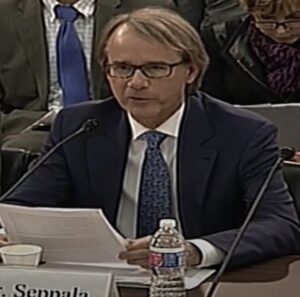
A: I’ve actually just finished a manuscript that uses mostly my story of recovery to explain addiction and some of the science behind it, for more of a lay audience. Then I incorporate this new science of positive emotions, which is like positive psychology. It’s not positive thinking. It’s the expression of compassion, love, hope, joy—all those things that hadn’t been studied in psychology or psychiatry until maybe the last 25 to 30 years. There’s growing literature showing just how powerful they are in human improvement, both relationally and individually.
So when I thought back through my own recovery, all along I wondered why I got sober and other people didn’t. And that was before I ever went to school or anything, because I saw other people relapse. Friends died. And I just wondered, Why?
Q: Given all your experience in the field, what single sweeping change in addiction care or in policy would you make if you had the chance?
A: Using evidence-based practices in an integrated manner, in a standardized manner across the board. I just spoke to the Attorney General Alliance a couple weeks ago at their annual conferences—all the attorneys general from each state and their staffers—because they wanted to learn more about opioid use disorder treatment and because they have a lot to do with how that money will be spent from the opioid settlements. So I was thinking along these lines: Unless you can—across the country, so that it’s required at a state level—standardize treatment, there’s always going to be people doing whatever they think they should be doing, whether it makes sense or not.
I was on the governor’s council [in Oregon] for alcohol and other drug abuse programs, under [former Oregon governor] John Kitzhaber, and I saw just how disparate all these treatment programs were. Nobody was measuring outcomes. But if you did all the standardization and measured outcomes, you could improve treatment dramatically state by state and get better outcomes. More people will stay sober, and less people would say, “Why go to addiction treatment? It doesn’t work anyway.” That’s a common refrain I hear from families and people. But, yeah, it does work. It’s just that we usually don’t see those who it works for.


